Best practices in global heritage education
A research micro-internship with the National Trust Partnership
A guest blog by Kar Lok Pang
Kar Lok took part in a one-week research micro-internship into heritage education in June 2021, hosted by the University of Oxford National Trust Partnership in collaboration with INTO.
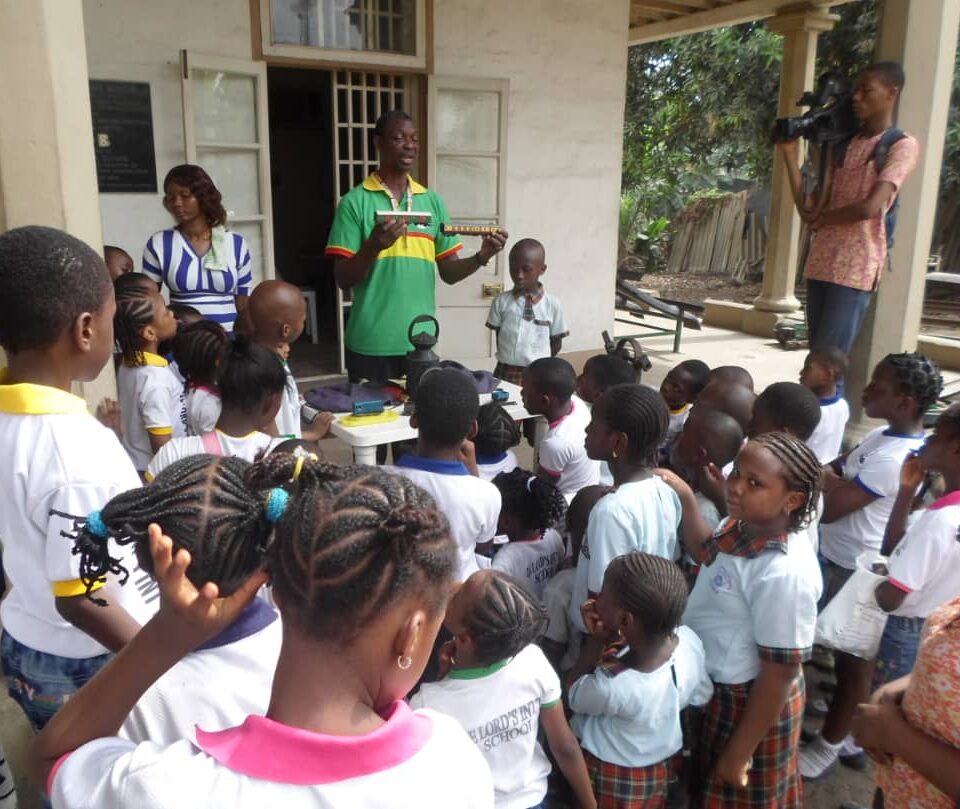
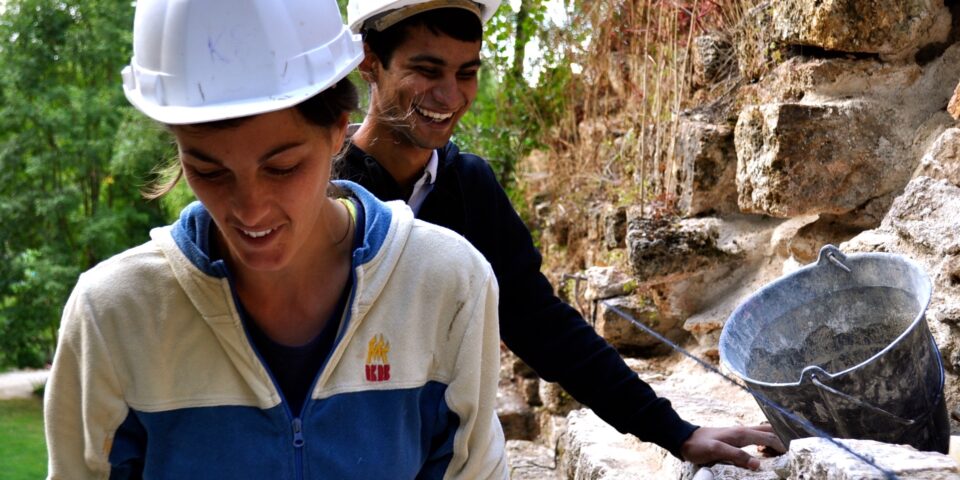
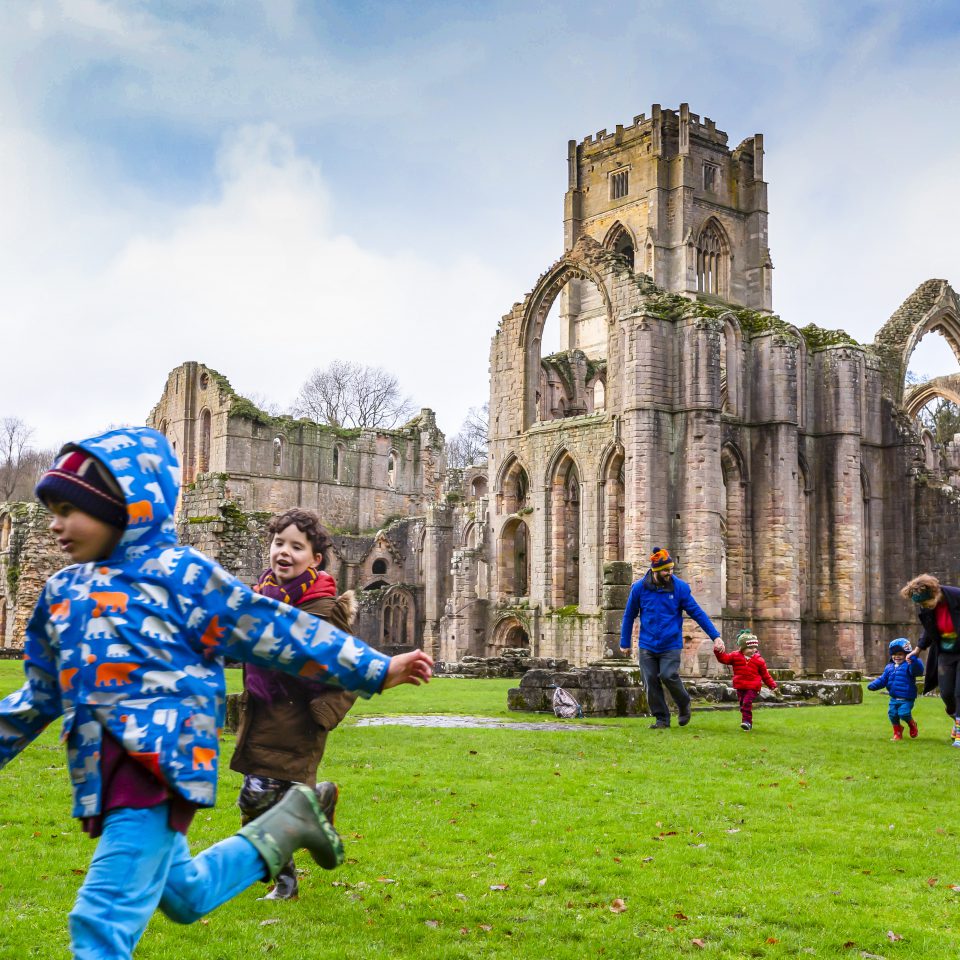
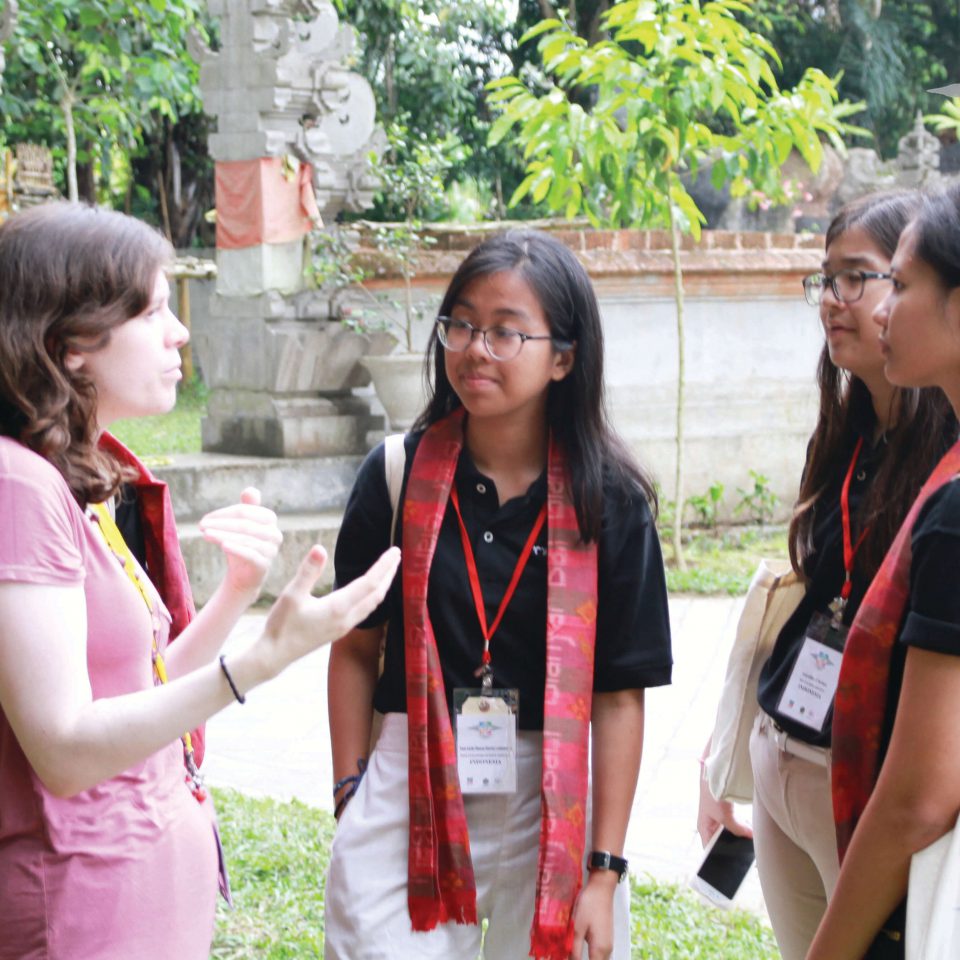
We initially researched specific non-profit organisations which we found interesting, but subsequently decided to narrow our scope to the already extensive list of existing INTO partners who had maintained communications with the INTO coordinators. This was because we’d learned that there was an opportunity to present our findings in an upcoming INTO conference – we presumed that the INTO partners who were active in email correspondence would likely attend the conference and benefit from a compiled information about the work done by other partners. We proceeded by narrowing our research questions into the categories of (1) definitions of ‘heritage education’, (2) mode of delivery, and (3) measures of success. A cursory glance of the spreadsheet had us further dividing the information into columns such as geographical region, target demographic group and any pre- and post-COVID-19 trends.
We found that youth tend to be a common target audience for many partners, who engage them in different ways ranging from volunteering to employment. While we did individual deep-dive case studies into the programmes of the Petra National Trust, National Trust for the Cayman Islands, and Catalunya La Pedrera Foundation, we did not intend to be prescriptive in endorsing any particular approach. Rather, we hoped to capture the diversity of ways in which heritage education programmes could be implemented to best cater to the specific needs of each individual national trust. The internship concluded with a final presentation to members from the University of Oxford and INTO.
On reflection, I felt that in trying to bridge the information gap for readily accessible information on what INTO partners are doing, I learned more about the hurdles faced in the industry. For instance, a robust communications strategy tends to be lacking, and national trusts can be inhibited by funding constraints as well.
This experience led me to question further issues: Is the national trust approach a particularly Western concept? What constitutes the idea of ‘best’ practice? I would have liked to engage more with national trusts in the Asian context, which I suggested as a possible area for future research in the Executive Summary we prepared. Although suggested as an area we should cover in our findings, we concluded that inspirational spokespersons may have ‘star’ quality but limited impact beyond the local level. Particularly post-COVID-19 where global reach may be more difficult and more programmes are delivered virtually, longevity becomes more a question of comprehensiveness and communication instead of key anchoring personalities.
My ultimate career aspiration in the immediate future is to join the Singapore civil service upon graduation, yet this internship has given me a better understanding on how flexible the approach can be to construing future-ready global heritage education programmes through the National Trust approach. It has informed my perspective of the need to be culturally sensitive in every context, and I am grateful to have had the opportunity to introduce my own ideas as a first-generation law student unfamiliar with the heritage sector.
Kar Lok Pang is a Jurisprudence (Law) undergraduate. He is keen on exploring avenues to raise the question of what it means to be socially and environmentally sustainable in various contexts, particularly for the Belt and Road Initiative in the China-ASEAN region.
Find out more about the National Trust Partnership here.
Find out more about the TORCH Heritage Programme here.
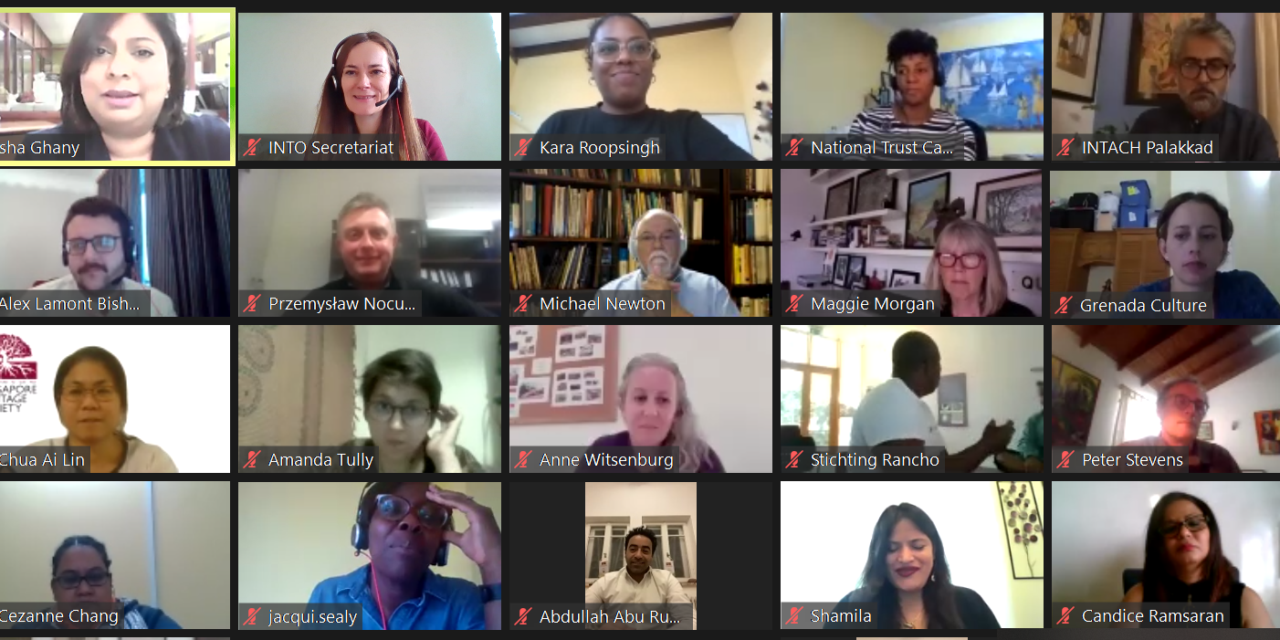
INTO Webinars
Our micro-internship students, Kar Lok Pang and Tanya Lee, are taking part in a webinar on youth engagement on 22 July 2021 alongside other INTO members. Our webinar programme provides an opportunity to meet and share learning across the globe.
Visit Webinars pageINTO members highlighted as case studies
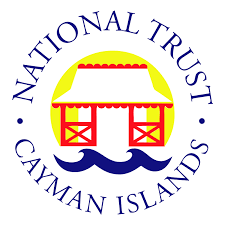
Cayman Islands
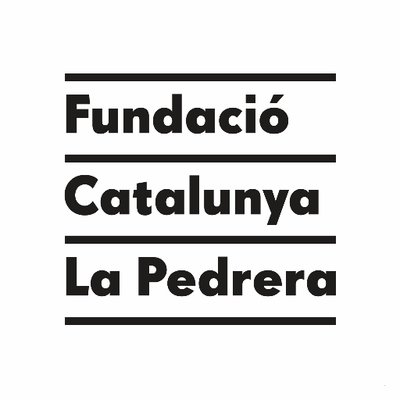
Catalonia
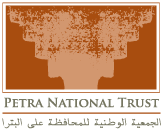
Jordan
